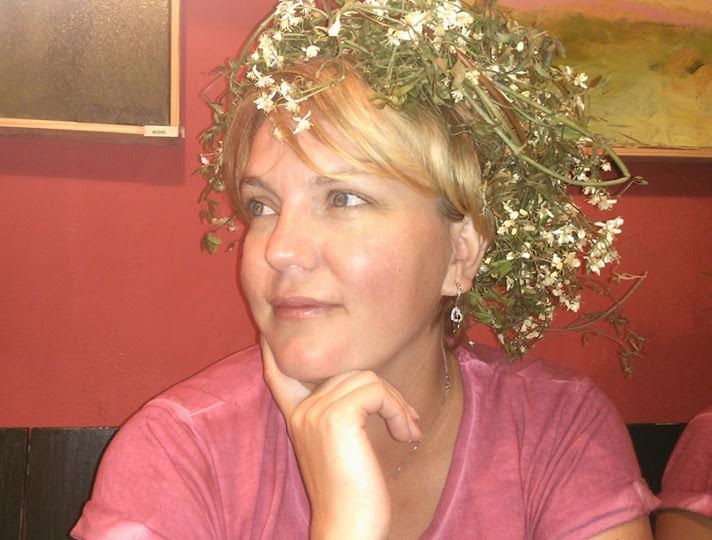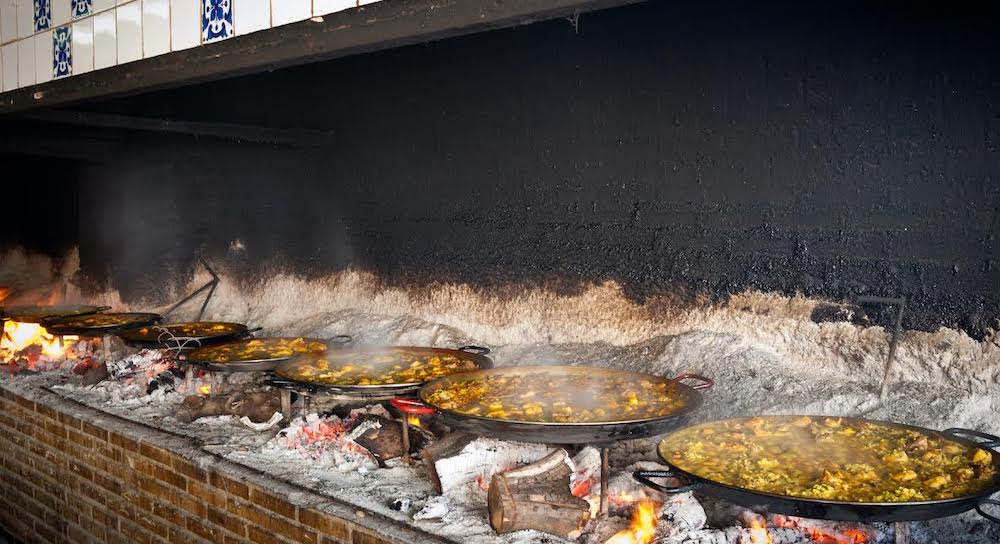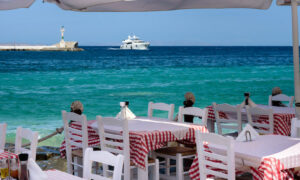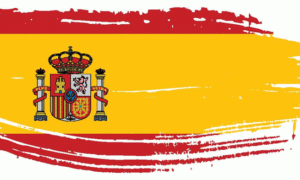My first encounter with a paella was more than three decades ago – it was the summer of 1983 and the occasion was to celebrate our first ever family holiday abroad.
Our destination was the island of Mallorca and more specifically the Hotel Jardin Del Sol, Santa Ponsa Santa Ponsa. The paella in question was unremarkable except that it left an unfortunate mark on my consciousness because I didn’t dare to go near another until arriving in Javea some years later.
Fast forward 30-plus years and my interest in this rather colourful looking Spanish dish was reignited by Jamie Oliver, of all people. I mean who’d have thought that the mere suggestion of adding some spicy chorizo sausage to a rice dish could unite an entire country in disapproval? It got so bad, the celebrity British chef received death threats.
At the time and as luck would have it, our friend Carmen Alesanco just happened to teach the fine art of paella making and so began a beautiful friendship with paella.
Paella is derived from the Latin word patella meaning small pan which is why in Valencia (the home of the paella) and perhaps to a lesser extent in the Catalan region they use the same word “paella” when describing both the pan and the recipe.
Confused? Fear not because the rest of Spain sensibly refer to the pan as the paellera, which in turn shouldn’t be mixed up with paellero which refers to the the gas burner or grill on which the paellera sits.

The origins of Paella
Albufera National Park sits about 10 kilometers outside the city of Valencia and is widely credited as paella’s point if origin. Once more than 30,000 hectares in size, the nature park now stands at approximately 2,800 hectares with vast swathes having been transformed, initially by the Moors, into the paddy fields that feed a nation’s hunger for arroz (rice).
Arroz was introduced by the Moors over a thousand years ago and is derived from the Arabic word aruzz unlike the majority of the Castellano language which is derived from Latin.
Originally the paella was a lunch time meal for local farmers and labourers, it would have been cooked over an open wood burning fire and comprised of arroz and other ingredients that were readily available, so snails, tomatoes, onions, beans, and occasionally chicken or rabbit.
Most often it was cooked in one huge paellera, a large shallow pan, that the workers would then eat directly from using their own wooden spoons and, if they were lucky, they’d use them to scrape off the socarratt, the not quite burned crispy crust that sticks to the bottom of the pan. The socarratt is considered by many, myself included to be the best part of the dish.
There is of course another school of thought that suggests a greater Moorish influence over the paella. We know the Moors introduced arroz, we also know they also introduced az-zafaran, or saffron, the ingredient that gives paella its distinctive colourful appearance and earthy flavour.
So, some people believe that the word paella is actually derived from the Arabic word baqiyyah, meaning left-overs, and it is said that servants during the Moorish era would take the left-overs from the royal banquets to cook with rice.
However paella came about, it is undoubtedly Spain’s most iconic dish.

Paella Valenciana
Without going into the various types of paella it would be remiss of me not to mention the traditional Paella Valenciana which of course is believed to be the original recipe, consisting of arroz, green beans, rabbit, chicken or duck, garoffo (a type of butter bean), artichokes, occasionally snails and saffron.
No self-respecting Spanish restaurant would be without a paella on the menu. That said finding a good paella even in Valencia is easier said than done.
Whether you are looking for a traditional Paella Valenciana, seafood paella, meat paella, mixed, or vegetarian paella one restaurant I would have no hesitation recommending is El Racó de la Paella.
As with so many establishments, be they bars or restaurants, the ones catering to the local population rather than the tourist community tend to fare better and El Raco de la Paella is one such place.
Here are the reviews on TripAdvisor.
Another great option (especially if you are in a group) is a lesson from Javea’s finest. The cost depends on numbers but it really is a great day out with plenty of home made paella. Carmen really does make it into a wonderful experience BUT word of warning never stir the paella – she doesn’t like it!
You can contact her here, and Carmen also works as a translator and problem-solver for expats.
For more information on visits to Albufera National Park, check out the website here.
If you would like more information or are thinking about relocating to Spain, please visit our Facebook page here where nearly 7,000 people are ready to help.

About the author:
Irina Greensitt is from the far eastern town of Khabarovsk in Russia, but has previously been living in the United Kingdom for seven years before moving to Spain in 2014 together with her husband and two young children.
Irina now runs an internet business and lists walking, travel and sailing (passing her skippers exam in 2016) amongst her hobbies.
See all of Irina’s posts here.
See more from Dispatches’ Spanish archive here.














